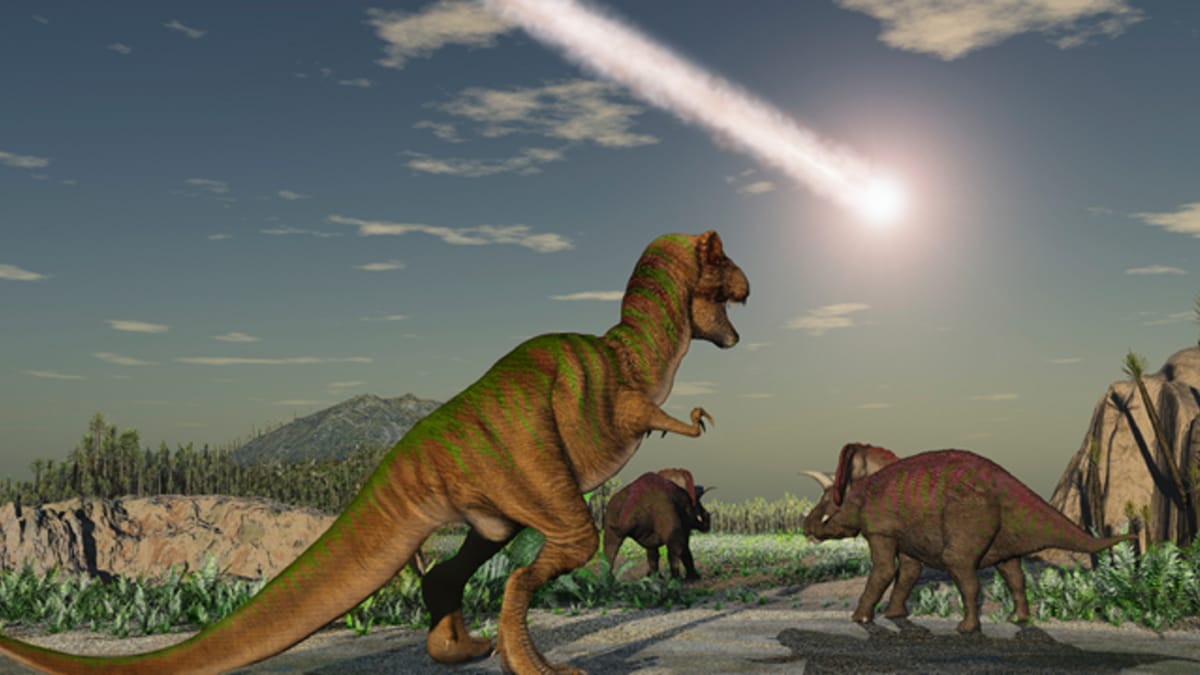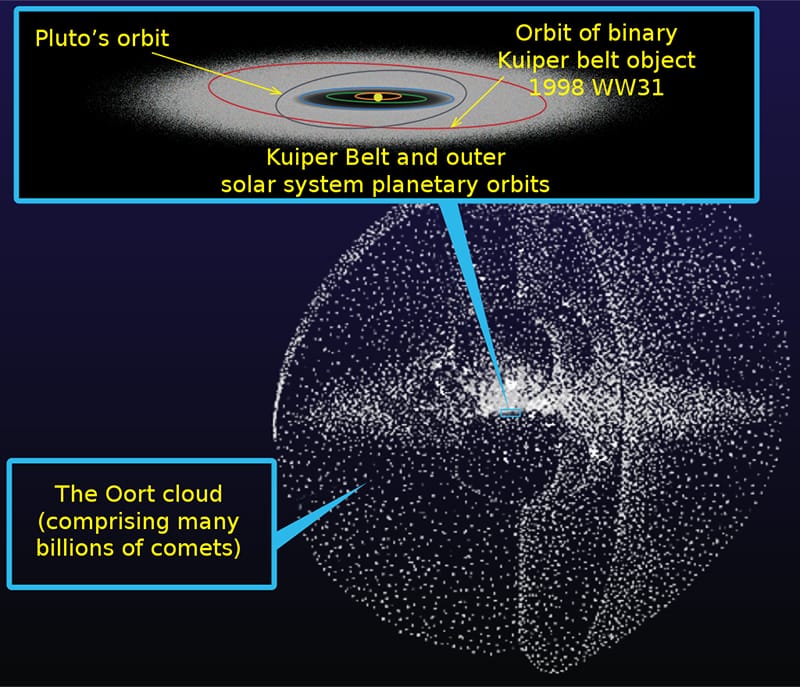Table of Contents
If you were anywhere within thousands of miles of what is now the Gulf of Mexico 65 million years ago, you were in for a bad time. In fact, if you were pretty much anywhere on the North American continent, it was going to get very ugly, very quickly.

That was, of course, the date of the impact that is now known as the Chicxulub Event. That’s when a massive – six-mile wide – space object smashed into the Yucatan peninsula. The impact is estimated to be in the region of a 100 million megaton blast (the biggest bomb ever detonated was “just” 50 megatons). The blast wave flattened forests well into present-day Georgia, but hurricane-force winds seared across the continental US as far as Illinois and New Jersey.
With the hurricanes came a searing blast of heat.
It all happened quickly – very, very quickly. A new study suggests that the wall of fire would have travelled thousands of miles in just minutes.
By analysing rocks dating to the time of the strike, a team of geoscientists from the UK, Mexico and Brazil has discovered that some of the fires broke out within minutes, at most, of the impact.
The fires affected areas stretching up to 1,553 miles or more from where Earth was hit, the experts found.
Not that any dinosaurs would have been left alive in the area to appreciate it but along the coastline of present-day Louisiana, Texas and Florida the fires would have been quickly extinguished.
But not in a good way.
Wildfires that broke out in coastal areas were short-lived because the backwash from the mega-tsunami caused by the impact swept charred trees offshore.
By studying the fossilised tree bark, the geoscientists discovered that fires had already begun by the time the trees were washed away soon after the initial impact.
They concluded that this was either due to a fireball of epic magnitude, or by the heat from droplets of melted rock falling back through the atmosphere in the immediate aftermath of impact.
Sky News
All in all, not a good day to be in America.
Ever since it was discovered, of course, the Chicxulub impact has been the subject of intense scientific study, not least for its almost-certain role in extinguishing the dinosaurs.
Another study has examined the question of where the devastating object came from. The answer appears to be the Oort cloud.

The Oort cloud is a sphere of billions of icy, rocky objects that orbit around the Sun at almost unimaginably vast distances: well, well beyond the orbit of Pluto. The Oort cloud is believed to be the remnants of the primordial cloud of dust that, billions of years ago, condensed into the Solar System. The leftover rubbish of the proto-planetary disk.
It’s believed that the Oort cloud is the source of long-period comets, such as Halley’s comet, and many more. The massive gas giant, Jupiter, acts as both magnet and cosmic vacuum cleaner: its gravity draws objects from the Oort cloud inwards, and many of them, like the Shoemaker-Levy comet, eventually crash into Jupiter.
But others do not.
Instead, they continue inward, drawn by the Sun’s even more massive gravity.
As the comets slingshot around the sun, the gravitational power of the star breaks apart the cosmic missile.
The resulting shards fly across the solar system – increasing the chance of a collision with planets like Earth […]
The shattering of the comets is known as “sungrazing”.
Sky News
As the shattered remnants slingshot around the Sun and begin their journey outward again, they can end up becoming something like a cosmic shotgun blast.
Sixty-five million years ago, the Earth got one big piece of buckshot up its backside.









